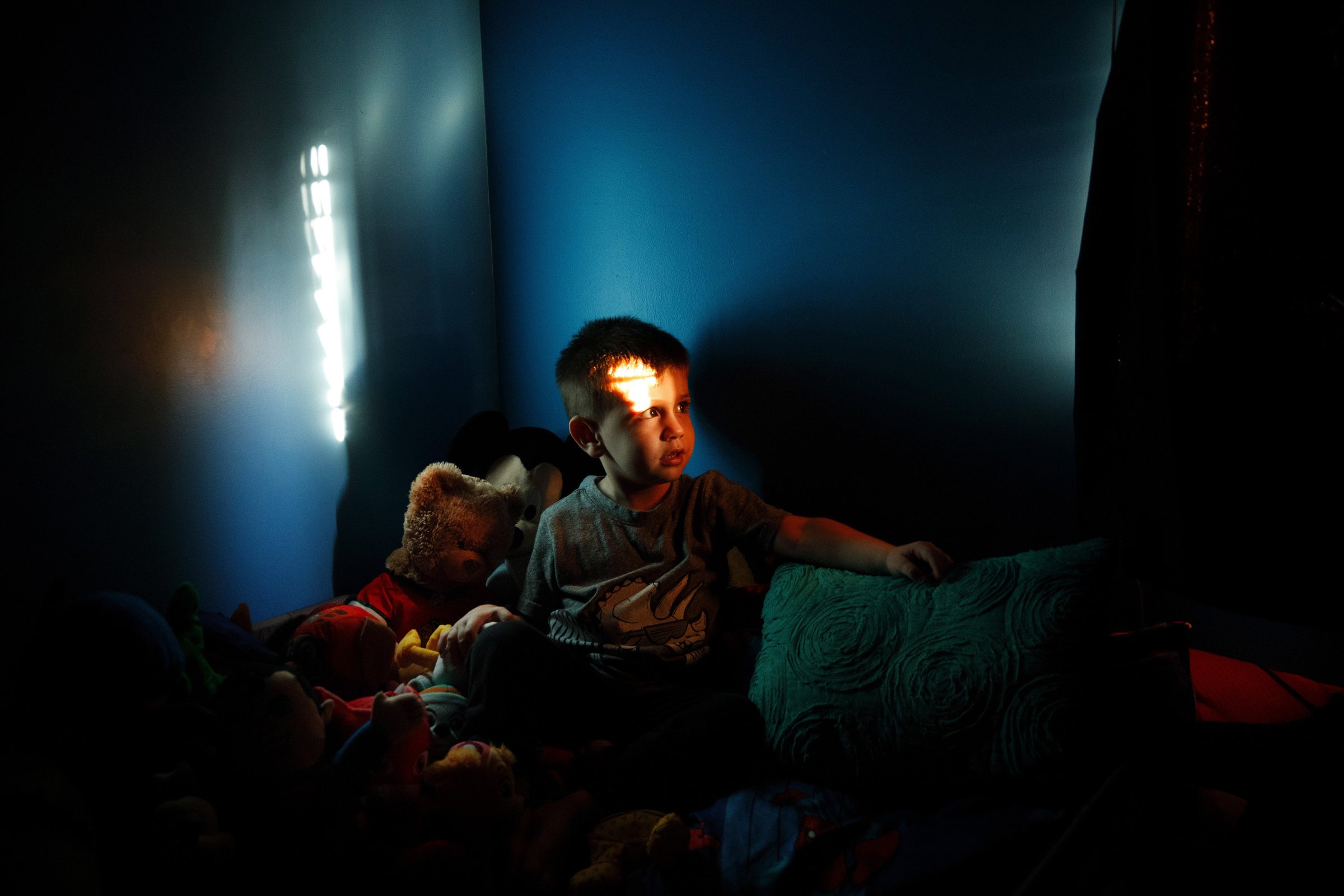
Nobody foresaw the COVID-19 curveball nature was going to throw at us 2020—which is one of the reasons the world has had so much trouble ducking the pitch. But we’ve know for years that another disease, known as acute flaccid myelitis (AFM), would hit hard this year—beginning this month, in fact. The U.S. Centers for Disease Control and Prevention (CDC) today held a media teleconference and issued a Vital Signs report reminding families that the illness is fast-approaching, and that in a time of pandemic there could be particular challenges in responding to it that would not be present in other years.
AFM is a paralytic condition that is not polio—but not dissimilar to polio either. It strikes mostly children (the average age is 5); it is caused by a virus (likely an enterovirus, a type that incubates in the gut); and worst of all, it can lead to paralysis of the limbs, face and diaphragm, sometimes resulting in death. Like polio, AFM is seasonal, though its peak is August to November, as opposed to polio’s spring-summer cycle. It is also a biannual rather than an annual scourge, presenting the greatest danger in even numbered years. Mercifully, the case count has been comparatively low to date, measuring in double digits in odd-numbered years and the low triple digits in even ones. In 2018, the most serious AFM year on record, there were 238 confirmed cases in 42 states. So far in 2020, there have been 16 confirmed cases in 10 states and the District of Columbia. But if trends hold, that number should grow considerably; every even-numbered year since 2014 has been worse than the one before it with, with 120 cases in 2014 cases growing to 153 in 2016 and then to the 2018 record.
That kind of incidence might seem like a blip compared to COVID-19 (which has caused more than 4.7 million cases and 155,000 deaths in the U.S. alone as of 1 AM eastern time on Aug. 4) but blip hardly describes what the parents and children themselves experience. Typically, children with AFM suffer a fever or respiratory illness—sometimes both—about six days before the onset of limb weakness or paralysis. Among those children, 98% wind up hospitalized, 54% are admitted to an ICU, and 23% are ultimately placed on a ventilator.
Timing is critical: while parents of patients seek medical attention within a single day of the onset of symptoms 76% of the time, that leaves many who wait long enough for the child’s condition to worsen. Delay may be especially common this year, as parents worry about the safety of health-care settings during the COVID-19 pandemic. CDC director Robert Redfield urged them not to do so in the agency teleconference today.
“The situation is that the parent may notice or the child may complain that their arm or leg is a little weak,” he said. “Rather than observing for a day or two and hoping it will go away, we want parents to have the security to go seek medical attention.”
Added Dr. Thomas Clark, the deputy director of the CDC’s Division of Viral Diseases: “This is a medical emergency. We want parents to understand that many precautions have been taken to provide on-site health care safely.”
Both doctors stressed that AFM is not a condition that can effectively be dealt with via telemedicine.
At present, there is no cure for AFM. Many children recover with only residual limb weakness or none at all. Many others don’t fare as well, though the varieties of physical therapy available in the 21st century—including electronic nerve stimulation—mean that they can still recover more function than polio patients did in the past.
A search for a vaccine against AFM began in 2018 at the National Institute of Allergy and Infectious Diseases, led by Dr. Anthony Fauci—who clearly has his hands full with COVID-19 at the moment. However, vaccine development for AFM could prove to be trickier than it was with polio, since the viral target is more elusive: not all patients test positive for EVD-68, the enterovirus that is the primary suspect for the illness. That means some patients either cleared EVD-68 from their systems before it could be spotted—or were never infected with it to begin with, which in turn means AFM might be caused by some other virus, or perhaps a combination of viruses. Other patients do test positive for another enterovirus, EV-A71, which seems to target kids younger than the five-year-old average and offer a somewhat better prognosis for recovery.
For now, the best preventive is vigilance. Watch for any respiratory illnesses or fevers in kids, monitor them for any neuromuscular symptoms afterwards, and get them to a hospital or emergency room fast if symptoms develop. AFM may be rare—for now—but its effects can be forever.
Correction: An earlier version of this story misstated the year Chase Kulakowski contracted AFM. It was 2016, not 2018.
More Must-Reads from TIME
- Donald Trump Is TIME's 2024 Person of the Year
- Why We Chose Trump as Person of the Year
- Is Intermittent Fasting Good or Bad for You?
- The 100 Must-Read Books of 2024
- The 20 Best Christmas TV Episodes
- Column: If Optimism Feels Ridiculous Now, Try Hope
- The Future of Climate Action Is Trade Policy
- Merle Bombardieri Is Helping People Make the Baby Decision
Write to Jeffrey Kluger at jeffrey.kluger@time.com